Our story
About Us
Learn how Change & Innovation Agency (C!A®) is impacting human services and doing more good.
Our story is one of hope.
From Burnout to Breakthrough
Our philosophy for transforming government:
Changing Beliefs
Transforming government will only happen when enlightenment happens – when we abandon the limiting beliefs that keep us trying the same worn out solutions.
We are not defective.
There is nothing inherently wrong or dysfunctional about the public sector. We are not genetically predisposed to be slow, expensive, and hard to deal with. Rather, we suffer from an incurable affliction – lack of competition. Any organization, public or private, with hostage customers struggles to improve. Monopolies act like monopolies. There simply is not the day-to-day incentive to get better that competition provides. So what can we do? Act as if. If we had competitors, what weaknesses would they exploit? What changes would we have to make if our “competitors” were beating us? Go make those changes. The surrogate for competition is high expectations.
We are not different.
Sure, government is unique. From politics to regulation to conflicting citizen agendas, we have our hands full. And the political and policy making realms are a whole different world. But the operations of government – and the issues plaguing the operations – are no different than those faced in manufacturing, health care, education, or the service sector. All organizations are collections of systems (processes that produce “widgets” for “customers” in order to achieve results.) These systems are easy to see in manufacturing, where the factory, widget, customers, and bottom line are all tangible. They are harder to see in government because we often produce invisible things for people who don’t want them for reasons we can hardly articulate much less measure. When we change this mindset and make our systems visible, we can more easily identify and implement solutions that vastly improve our processes.
It is not a people problem.
We have hard working people trapped in dysfunctional systems. To use a different metaphor, the pipes of government – the systems we use to deliver water to our customers – are a kinked up, twisted mess. Ravaged by years of CYA, budget cuts, reorganizations, and half-finished technology projects, the systems of government simply don’t have the capacity to keep up. We can’t get the water to those who need it. Consequently, the pipes are leaking, water-pressure is building, and there are pools of customers waiting to be served. To paraphrase Peter Scholtes, “all of the empowered, motivated, teamed-up, incentivized and accountable people you can muster cannot compensate for a dysfunctional system.” We have to improve the capacity of our systems before we focus on the capability of our people.
To improve government, we have to improve the systems of government: to continually analyze and transform what we do, how we do it, who we do it for, and why. Our systems – our pipes – is where all the action is. Our results come from our systems. Our customers show up in our systems. Our employees work in our systems. Our costs are in our systems. And our systems are a mess.
Changing Systems
Plumbing provides an apt metaphor for the processes of government: Behind the walls and under the floors of government agencies are a complex system of pipes that customers must navigate. These pipes are rarely short and straight. Rather, over time they have become kinked up, twisted, gummed up messes. Resource shortages and growing demand puts extraordinary pressure on the pipes; pressure felt by workers, executives, elected officials, and taxpayers. And in the extreme cases, pipes burst with catastrophic consequences.
So how do we get more capacity? Go faster. At least 80% faster, which is typically what our clients achieve. How can you do the vital work of your organization 80% faster? Straighten the pipes. A short, straight pipe moves water faster than a long, kinked up pipe. If the water moves faster, more water gets through. The most precious resource in government is your people’s capacity to do good. When the people in system, working together with those affected by the system, come together to create a better system, magic happens.
Our Approach
C!A’s team of experienced consultants will work with your people to radically redesign the way you do business – helping you increase your capacity to do more good. We are a recognized leader in Business Process Redesign (BPR), and typical client results includes serving 40% more customers 70% faster, 80% faster processes, 50% improvement in quality, and significant cost savings.
The C!A approach is first to change staff beliefs, and then to help them apply the tools that can radically improve business processes (the steps and procedures that govern how resources are used to accomplish the work). To do this, it is important to:
- Understand which systems are to be improved, allowing us to effectively measure, manage, and improve those systems.
- Focus on the process first, not the people. We cannot make workers go faster, but we can find ways to reduce or combine steps in a process to speed up overall workflow.
- Understand that lasting change is created when the people who work in the process play a major role in the development of improvement opportunities. Only through the people who do the work can we fully capture the complexity of an entire process and use their talents to redesign the system. Such an approach helps ensure recommendations are feasible and fit within an organization’s culture.
- Encourage staff to focus on making customers’ goals their own. This is done by determining what a customer defines as a successful interaction and helping staff understand how that outcome is feasible with a redesigned system and how it can be objectively measured.




